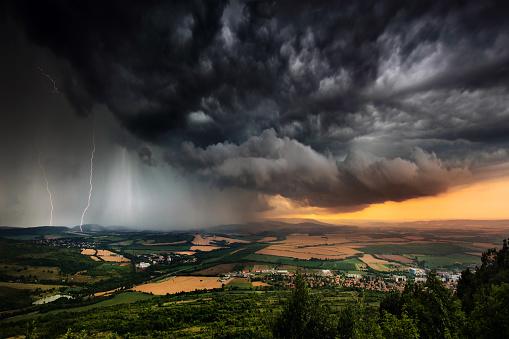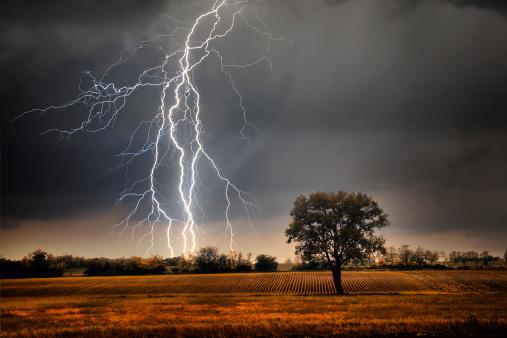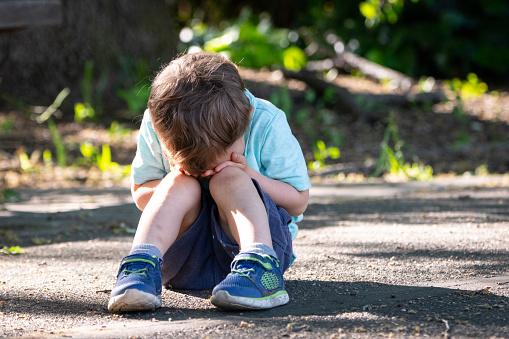Brazil is the country with the highest incidence of lightning in the world and it is important for those living there to know how to protect themselves in storm situations, especially during the summer months when incidents increase. According to Inpe (National Institute for Space Studies), 77.8 million lightning bolts strike Brazil annually.
Do you know what the myth is and what is true when it comes to lightning protection?
What are rays?
Every child is afraid of thunder, but few know that the real danger is in the rays.
Lightning is electrical discharges that can be produced from friction between particles found in storm clouds.
These particles can be ice crystals or even dust, which is electrically charged by constant friction. When the charge exceeds the electrical limit of the air, discharge occurs, which connects the sky to the ground and creates the light trail we see in the sky.
The noise of this reaction displacing a large air mass is what we call thunder.

What is the danger of lightning strike?
If you’ve ever had an electric shower shock and felt uncomfortable, imagine experiencing 1000 shower shocks. The rays have an electrical power of about 30,000 Amps and can and often are fatal if they hit a person directly.
Electrical discharges can cause cardiac and respiratory arrest as well as cause serious injuries such as perforation and third-degree burns.

How do you protect yourself from lightning?
Various measures can be taken for lightning protection. We list below the main recommendations made by experts and Civil Defense experts.
- In the event of a storm, stay at home, only go out if absolutely necessary;
- Warmer months are more prone to storms, such as the period from December to March. Follow the weather forecast and storm alerts;
- If possible, unplug electronic devices at risk of lightning or use line filters;
- Stay away from doors and windows;
- Do not manipulate mobile phones connected to sockets;
- Do not shower during a storm;

If you are outside when the storm starts:
- Look for enclosed shelters and never stay under trees or near metal structures;
- If you are driving, stay inside the car and avoid touching metal parts;
- Do not enter the sea, pools or rivers;
- Do not stay in the open but if you have nowhere to take shelter sit on the floor and stay bent but do not lie down;

- Do not climb high places such as hills or mountains;
- Do not go for a walk on stormy days;
- Do not stay in groups, people can also conduct electricity, so if one person in the group is hit, everyone will feel the discharge;
- Do not stand under antennas or transmission towers.
What are lightning rods for?
In addition to personal care, there are also devices such as lightning rods that can protect buildings and homes.
They are metal rods that “attract” the rays and transmit the energy to the ground. They stand in high places, such as the tops of buildings and hills, and help prevent lightning from striking places that could cause damage.

Researchers have tried to develop new methods to reduce lightning accidents. An example is the laser lightning rod, which can direct an electric discharge. However, it will take some time for the technology to fully develop.
Myths and facts
There are some myths about lightning, such as covering mirrors to protect against electrical discharges.
But it’s not dangerous to touch your mobile phone, laptop or tablet as long as they’re unplugged, and mirrors don’t attract lightning, so you don’t need to cover them.
If you still have doubts, you can refer to INPE’s lightning protection booklet or the Civil Defense website.
Stay safe and avoid accidents!
Source: Tec Mundo
I’m Blaine Morgan, an experienced journalist and writer with over 8 years of experience in the tech industry. My expertise lies in writing about technology news and trends, covering everything from cutting-edge gadgets to emerging software developments. I’ve written for several leading publications including Gadget Onus where I am an author.













